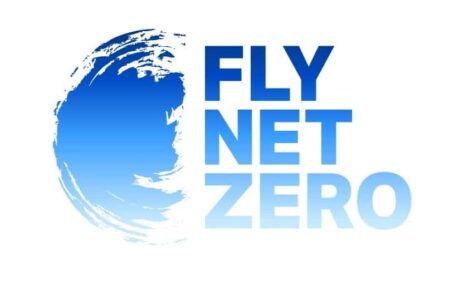Airline industry net profits are expected to reach $9.8 billion in 2023 which is more than double the previous forecast of $4.7 billion.
The International Air Transport Association (IATA) announced an expected strengthening of airline industry profitability in an upgrade of its outlook for 2023.
Highlights include:
• Airline industry net profits are expected to reach $9.8 billion in 2023 (1.2% net profit margin) which is more than double the previous forecast of $4.7 billion (December 2022).
• Airline industry operating profits are expected to reach $22.4 billion in 2023, much improved over the December forecast of a $3.2 billion operating profit. It is also more than double the $10.1 billion operating profit estimated for 2022.
• Some 4.35 billion people are expected to travel in 2023, which is closing in on the 4.54 billion who flew in 2019.
• Cargo volumes are expected to be 57.8 million tons, which has slipped below the 61.5 million tons carried in 2019 with a sharp slowing of international trade volumes.
• Total revenues are expected to grow 9.7% year over year to $803 billion. This is the first time that industry revenues will top the $800 billion mark since 2019 ($838 billion). Expense growth is expected to be contained to an 8.1% annual increase.
“Airline financial performance in 2023 is beating expectations. Stronger profitability is supported by several positive developments. China lifted COVID-19 restrictions earlier in the year than anticipated. Cargo revenues remain above pre-pandemic levels even though volumes have not. And, on the cost side, there is some relief. Jet fuel prices, although still high, have moderated over the first half of the year,” said Willie Walsh, IATA’s Director General.
The return to net profitability, even with a 1.2% net profit margin, is a major achievement. First, it was achieved at a time of significant economic uncertainties. And second, it follows the deepest losses in aviation’s history ($183.3 billion of net losses for 2020-2022 (inclusive) for an average net profit margin of -11.3% over that period). It should be noted that the airline industry entered the COVID-19 crisis at the end of a historic profit streak that saw an average net profit margin of 4.2% for the 2015-2019 period.
“Economic uncertainties have not dampened the desire to travel, even as ticket prices absorbed elevated fuel costs. After deep COVID-19 losses, even a net profit margin of 1.2% is something to celebrate! But with airlines just making $2.25 per passenger on average, repairing damaged balance sheets and providing investors with sustainable returns on their capital will continue to be a challenge for many airlines,” said Walsh.
Outlook Drivers
Revenues are rising (9.7%) faster than expenses (8.1%), strengthening profitability.
Revenue: Industry revenues are expected to reach $803 billion in 2023 (+9.7% on 2022 and -4.1% on 2019). An inventory of 34.4 million flights is expected to be available in 2023 (+24.4% on 2022, -11.5% on 2019).
• Passenger revenues are expected to reach $546 billion (+27% on 2022, -10% on 2019). With COVID-19 restrictions now removed in all major markets, the industry is expected to reach 87.8% of 2019 levels of revenue passenger kilometers (RPKs) for the year with strengthening passenger traffic as the year progresses. The high demand for travel in many markets is keeping yields strong with a modest 1.1% decline expected in 2023 compared to 2022 levels (following increases of 9.8% in 2022 and 3.7% in 2021).
Efficiency levels are high with an expected average passenger load factor of 80.9% for 2023. That is very near the 2019 record performance of 82.6%.
IATA’s May 2023 passenger polling data supports the optimistic outlook, with 41% of travelers indicating they expect to travel more in the next 12 months than in the previous year and 49% expect to undertake the same level of travel. Moreover, 77% of respondents indicated that they were already traveling as much or more than they did pre-pandemic.
• Cargo revenues are expected to be $142.3 billion. While that is down sharply from $210 billion in 2021 and $207 billion in 2022, it is well above the $100 billion earned in 2019. Yields will be negatively impacted by two factors: (1) the ramping-up of passenger capacity which automatically increases available belly capacity for cargo and (2) the potential negative effects on international trade of economic cooling measures introduced to fight inflation. Yields are expected to correct with a 28.6% decline this year, but still remain high by all historical comparisons. Note that yield increases of 54.7% were recorded in 2020, 25.9% in 2021 and 7.4% in 2022.
Expenses are expected to grow to $781 billion (+8.1% on 2022 and -1.8% on 2019).
• Jet fuel costs are expected to average $98.5/barrel in 2023 for a total fuel bill of $215 billion. That is cheaper than the $111.9 / barrel previously expected (December 2022) and the average cost of $135.6 experienced in 2022.
High crude oil prices were exaggerated for airlines as the crack spread (premium paid to refine crude oil into jet fuel) averaged more than 34% for 2022—significantly above the long-run average.




